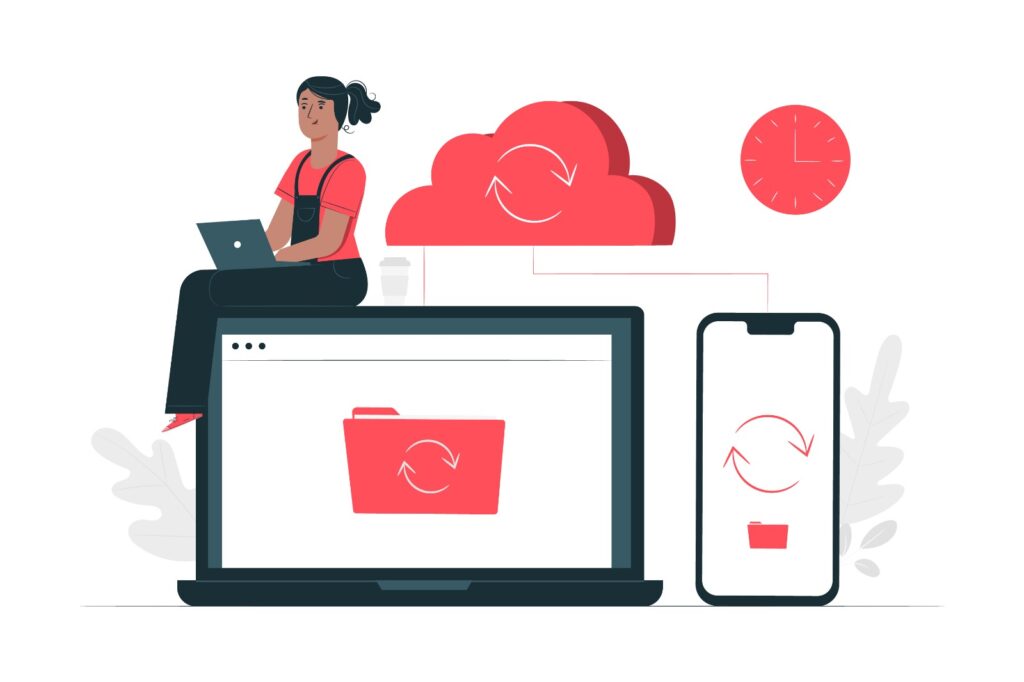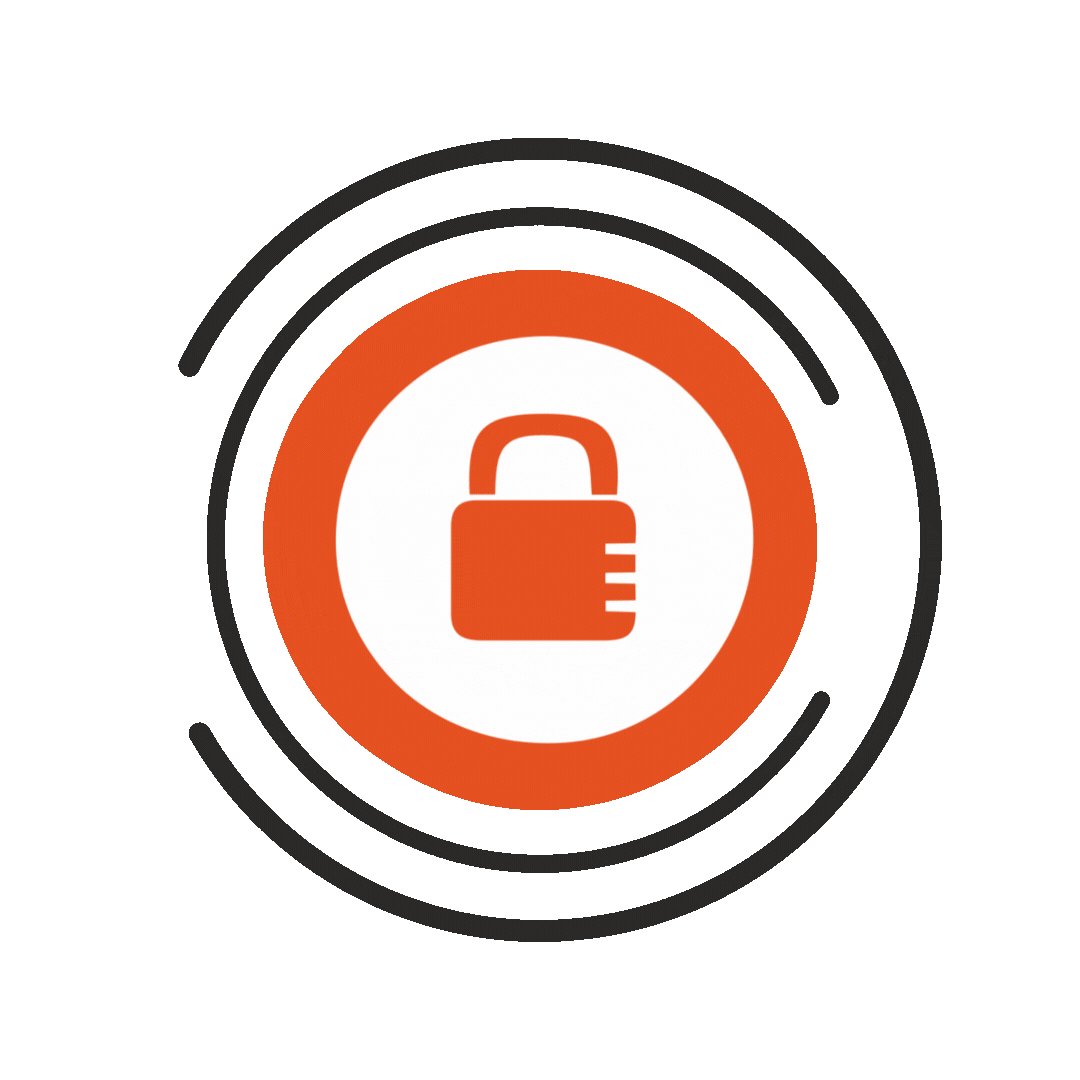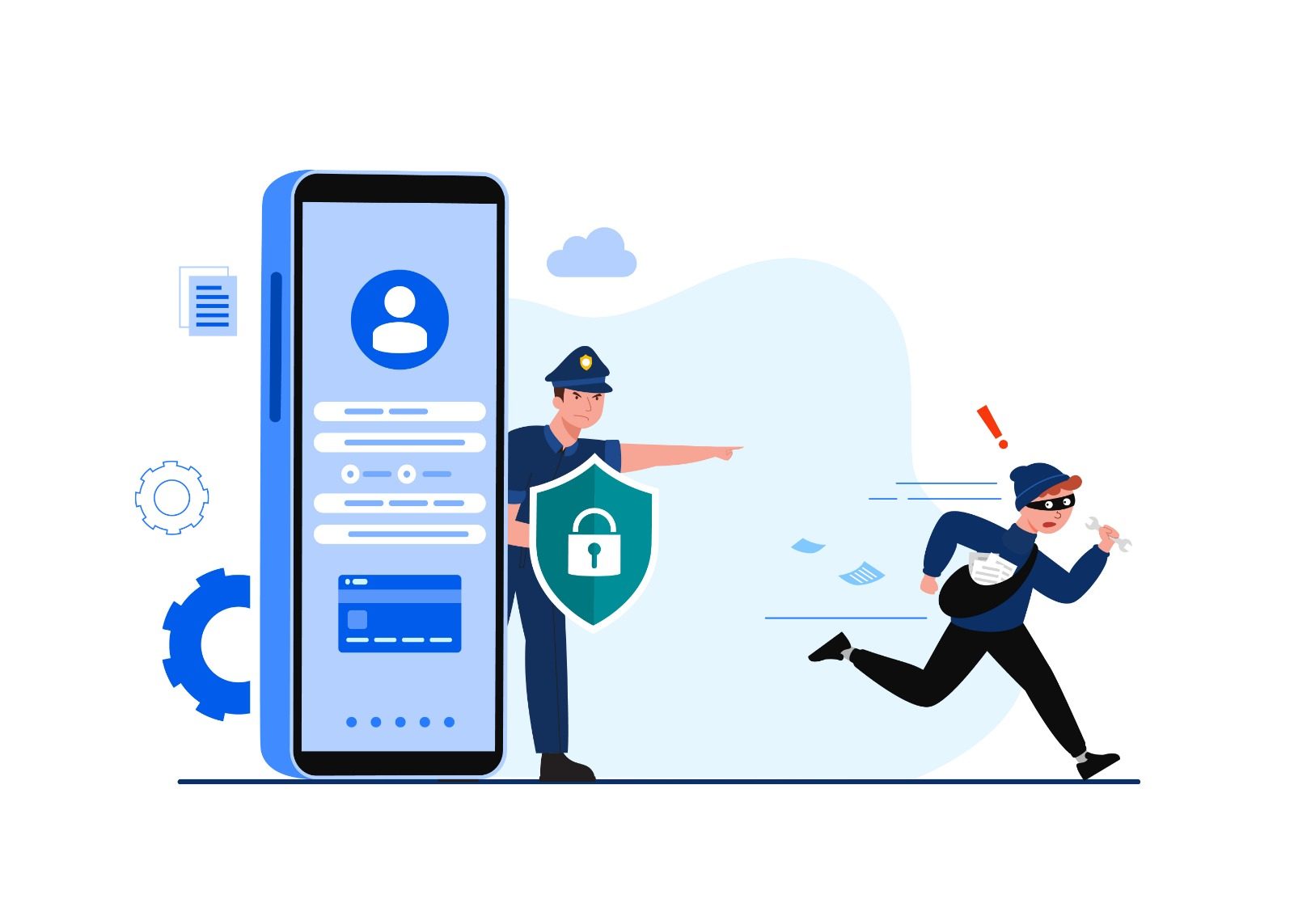A thing which you never forget, a thing you can’t do without, your overworked partner in crime, Your Smartphone. On an average, people spend 3 hours 15 minutes on their phones / day and binge watching is not included. The number of smartphone subscriptions worldwide has surpassed 6 billion and is expected to increase further in the coming years. The most useful mobile messaging app, Whatsapp has now become the heartbeat of our communication not only for personal use but professional as well. And with so many apps to explore, the monthly data traffic / smartphone worldwide is projected to be 23 gigabytes by 2024. A device you check 58 times a day, a device which holds your most sensitive personal information, can’t be left unsecured. So here we are, summoning all the tricks and tactics to protect our Smart Samaritan.
1. The Basics
We do not leave our treasures open, our houses unlocked. Similarly, do not leave your phone unattended; keep your phone with you at all times. Lock your phone with facial ID, a fingerprint, pattern or a PIN.
2. Update it
Keep your phone’s OS & Apps up-to-date. Updates to your operating system include critical patches and protection against security exploits. Android and iOS regularly release essential security fixes with system updates that help protect you against a variety of threats.
You can also set your phone to update automatically which may seem cumbersome looking at the tight schedule you have kept your phone on, but a must to protect your phone from hacking.
3. Avoid unsecured public Wi-Fi
In other words, use VPN, a Virtual Private Network. The encrypted connection helps ensure that sensitive data is safely transmitted. It prevents unauthorized people from intruding and allows the user to work remotely. Hackers often target your phone’s important locations via unsecured public networks and VPN assures protection to your sensitive data.
4. Stick to trusted App Sources
You tick lots of boxes while downloading an App. Those boxes are the permissions you are giving to access a lot of personal information. So make sure you only download apps that are available on the Google Play Store, Apple App Store or other official sources as apps on these platforms must meet definite security criteria before being approved.
5. Unique passwords and 2FA
Change your phone’s default pass code to something more complex. You can use a protected app to store PIN numbers and credit cards or rather do not store it on your phone at all. Change your password every 6-12 months. Instead of answering security questions honestly, think of them as another set of locking mechanisms and include numbers and letters in your answers.
2FA or Two- Factor Authentication provides an extra security layer for your online accounts that forces you to provide additional information after entering your username and password. Once your 2FA is set up, you can pair it with a trusted VPN for enhanced security.
6. Clear your browsing history, cookies & cache
If you don’t want to be caught, don’t leave tracks. Your internet history is your virtual footprints which may lead hackers to harvest your data. You can make it easier for intruders to profile trends about your life as websites deposit invisible ‘cookies’ onto our computers and then record where we go online. So, clear your internet history frequently including cookies and cache.

7. Backup the data
Companies and people are dependent on data. Backup is the process of creating a copy of the data on your system that you use for recovery in case your original data is lost or corrupted. Backup not only protects your data against hacking but also, hardware failure, power failure or human errors. It ensures that your data stays with you if your phone is stolen or lost.
8. Enable location tracking features
All smartphones have these location tracking features designed to help you find your phone in the event of it being lost or stolen. Apple’s ‘Find My iPhone’ and Android ‘Find My Device’ is not just a simple device tracking technique, it also locks or wipes your phone remotely to prevent hackers from accessing your information.
Also Read → 5 Tips For Building a Cybersecurity Culture in your Organization
9. Watch out for spam and phishing emails
Your email service’s spam folder is a net for catching these threats, yet some spam and phishing emails may slide in and provide the spammer with your IP address, ISP, approximate geographic location etc. as soon as you open it. So don’t open a suspicious email, never click a link in it and mark them as spam or junk.
10. Don’t Jailbreak your phone
Jailbreaking or rooting a phone is the process of modifying the OS so that you can get access to the entire file system and make changes that are not supported by the phone in its default state. Jailbreaking increases vulnerability to malicious apps and introduces potential stability problems. It poses serious security threats to your online security and privacy that can leave you exposed to hackers.
Your smartphone securely manages your life chores so protect it smartly with above mentioned tips and using a security app that provides complete antivirus protection. You can also protect your business devices by hiring a cybersecurity consulting company in ahmedabad. Get the best IT Security solutions from Cyber octet.



